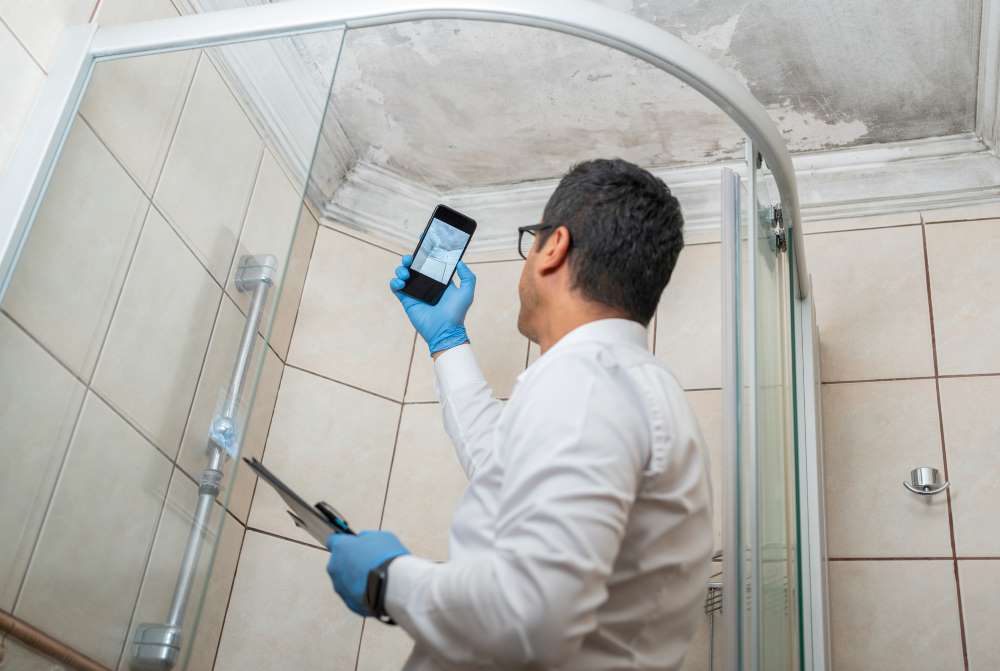
Mold is a fungus that can be found both indoors and outdoors. There are many different types of mold, some of which can cause health problems in humans. Pets can also be affected by mold exposure, both in the short and long term.
In this article, we will look at the effects of black mold on children and pets, how to reduce your exposure, and when to call professionals.
Acute Black Mold Exposure Symptoms in Young Children
Symptoms of acute black mold exposure in young children can include:
-
Respiratory problems such as wheezing, coughing, and difficulty breathing
-
Runny nose or congestion
-
Itchy eyes, skin, and nose
-
Rash or hives
-
Difficulty sleeping or unsettled behavior during sleep
-
Loss of appetite
-
Feeling tired or lethargic
-
Fever
If you believe your child has been exposed to black mold, it is important to seek medical help right away. Black mold exposure can cause serious health problems in young children and should not be ignored.
Treatment may include antibiotics if a bacterial infection is present, antihistamines for allergic reactions, or bronchodilators for asthma flare-ups.
Long-Term Health Effects of Black Mold Exposure in Children and Adults
Black mold exposure can have long-term health effects in both children and adults. In children, black mold exposure can cause respiratory problems, skin irritation, and allergy issues.
In adults, black mold exposure can cause respiratory problems and various other health complications.
It is therefore important to take steps to avoid black mold exposure in both children and adults.
However, it should be noted that there are many myths about the health effects of household mold.
Both a 2017 review and a 2019 review of the scientific literature on mold found that no long-term health effects were of concern (source)
How Are Pets Affected By Black Mold In the Short Term?
Pets can be affected by black mold in the short term through exposure to the mycotoxins that black mold produces. Mycotoxins are toxic compounds that are released by certain types of molds, and they can cause a wide variety of adverse health effects in animals and people.
Some of the most common symptoms of mycotoxin exposure in pets include respiratory problems, skin irritation, and other allergic reactions. So it's important to take steps to prevent your pet from being exposed to black mold, and if your pet has been exposed, you should take them to the veterinarian immediately.
How Are Pets Affected By Black Mold In the Long Term?
Pets can be severely affected by black mold over time. Pets may experience allergy symptoms such as respiratory difficulties, pulmonary hemorrhage, and nose bleeds. If the pet inhales or ingests black mold spores, it may also experience neurological problems.
So, Is Black Mold Really a Problem?
The short answer is yes. Black mold can have both short-term and long-term effects on your health, and it can also be harmful to pets. If you think you or your child has been exposed to black mold, have them check in with their doctor. And if you have a pet that has been exposed, take them to the veterinarian as well.
However, unless your child or pet has respiratory problems, asthma, or other health issues, the chances of any long-term effects are low.
If you're worried about black mold in your home, the best thing to do is to take steps to prevent it from growing in the first place. And if you do find mold, make sure to clean it up immediately and dry the area completely to prevent it from coming back.
Reducing Exposure to Black Mold
There are several things you can do to reduce your exposure to black mold:
-
Keep your home clean and free of clutter.
-
Fix any leaks or other water problems in your home immediately.
-
Use an air conditioner or dehumidifier to keep indoor humidity low.
-
Ventilate bathrooms, kitchens, and other areas where moisture is present.
-
Regularly clean surfaces like countertops, floors, and appliances.
-
If you suspect black mold growth in your home, you can remove the mold yourself or contact a professional mold remediation company to have the mold removed safely.
DIY Black Mold Removal
It is possible to remove black mold with vinegar. However, it is important to note that vinegar is not a 100% effective solution and that black mold may return if the underlying cause of the moisture problem is not resolved.
To remove black mold using vinegar, you will need white distilled vinegar, water, rubber gloves, goggles, and a respirator or dust mask. You will also need a bucket or container for mixing the solution, as well as a scrub brush or cloth for cleaning.
To remove black mold with vinegar:
-
Mix one part white vinegar with three parts water in a spray bottle.
-
Spray the affected area and let the vinegar sit for 10 minutes.
-
Wipe the area clean with a damp cloth.
-
Repeat as necessary until all of the mold is gone.
When To Call the Professionals
If the black mold is extensive, if it's growing in a difficult-to-reach area, or if you have health concerns, it's best to call a professional mold remediation company. Professionals will have the proper equipment and training to remove black mold safely and effectively.



























